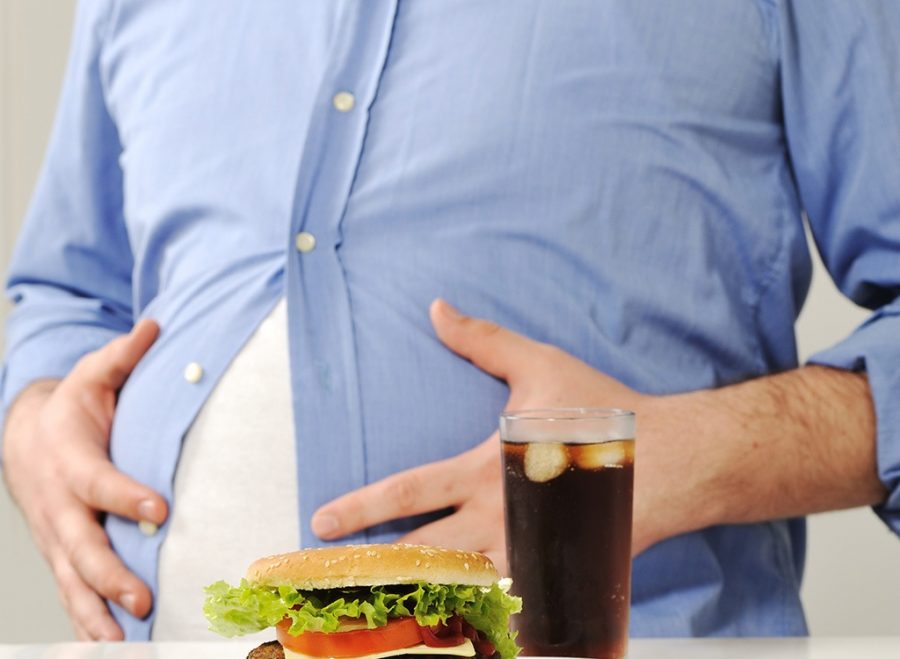<p style="text-align: justify;">In many societies, including in developing countries, obesity has become a big problem. Many people are considered obese and having excess stomach fat is a good indicator whether someone is overweight or not. When someone is obese, thick fat layers are often distributed around their body, but the one around our belly is one of the most dangerous for our health. There are many studies related to the presence of excess of abdominal fat. There are essential two types of stomach fat. Subcutaneous fat covers our abs and it lies on top of stomach muscle and directly beneath the skin. Visceral fat is located deeper, under the stomach muscle and it surrounds the organ. Visceral fat is the one that gives us the beer belly appearance. Excess fat layer in subcutaneous and visceral areas can greatly elevate risks of heart disease, diabetes, stroke, high blood pressure, cancer and many others. Between the two, excess visceral layer is more dangerous. It is because small droplets of fat can be immediately released to different areas of our body from the visceral area.</p>
<p style="text-align: justify;">It’s quite easy to see why modern people tend to have thicker stomach fat. Our diet is often rich in carbohydrates and if we have excessive carbs, our visceral fats will be thicker. After consuming large quantity of sugar and starch for years, we will have unbalanced insulin activity and the risk is even higher, if we consume plenty of high fructose corn syrup from processed food. HFCS is a big contributor to the accumulation of stomach fat and it could cause nasty problems in the long run. Getting rid of both stomach fat layers could be challenging and there’s no quick fix to this problem. Pills don’t work and the best way is to cut down on our dietary intake and regular physical exercise that can strengthen our abdominal muscle. If you choose those hypes and gimmicks, it’s more likely that you’ll burn your money instead of your stomach fat. We may need to ask help from nutritionist, doctors and personal trainers to know what kind of exercise program and nutritious diet that we should have. It is likely that much, if not all of the processed food products will be removed.</p>
<p style="text-align: justify;">If we want to keep our stomach under control, we need to manage our blood sugar level. This will restore our insulin activity and sensitivity. We may do this by cutting down on sugar and starch intake, while removing processed food products with HFCS from our daily diet. We should focus on increasing the intake of good fats from avocado, fatty cold water fish, olive oil, seeds and nuts. Another way is to ramp up our metabolism level through full body workouts and different kinds of exercises. Low intensity cardio isn’t effective at burning our stomach fat. Depending on the amount of excess stomach fat, it may take months or even years to have an ideal body shape, but if you have good blood sugar and metabolism levels, you are on your way to recovery.</p>

Why Excess Stomach Fat Is Bad For You?
